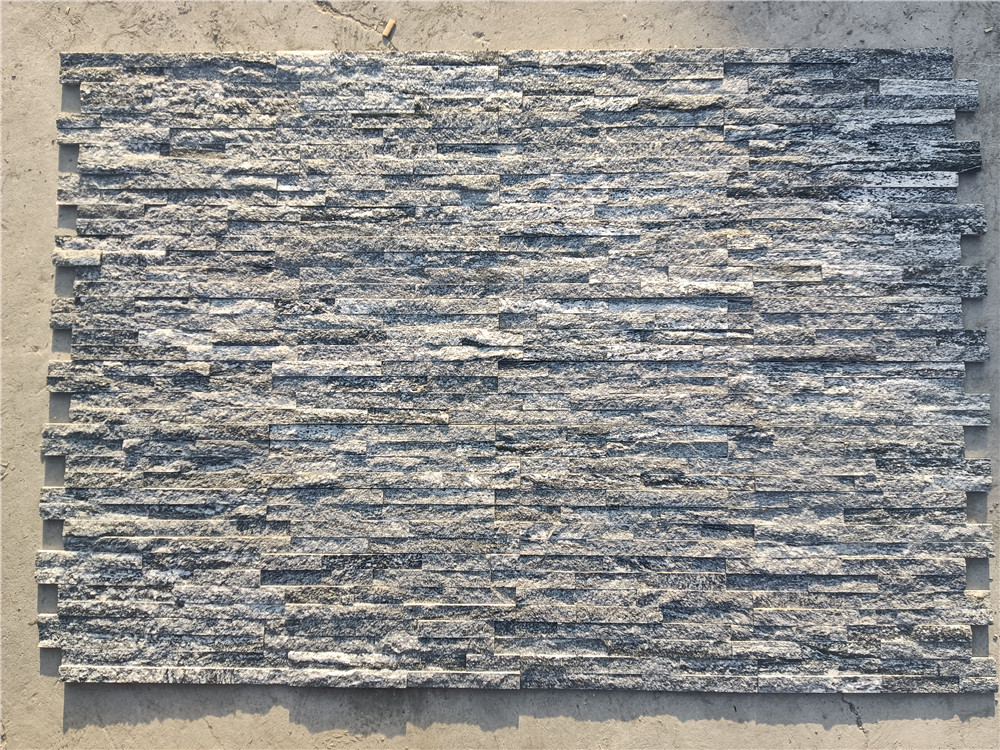Captivating Coastal Cultured Stone A Comprehensive Guide to Enhancing Your Homes Exterior with Coastal-Inspired Stone Designs

Introduction
Coastal cultured stone has become increasingly popular in the world of home design and landscaping. This unique style combines the natural beauty of coastal landscapes with the durability and versatility of cultured stone materials. Whether you live by the sea or simply wish to bring a touch of the beach into your home, coastal cultured stone offers a wide range of design possibilities. In this comprehensive guide, we will explore the various aspects of coastal cultured stone, including its origins, benefits, design options, installation techniques, and maintenance tips.
Origins of Coastal Cultured Stone
The concept of coastal cultured stone draws inspiration from the rugged coastlines and serene beaches found in coastal regions around the world. The idea is to capture the essence of these natural environments and incorporate them into architectural and landscaping designs. By replicating the textures, colors, and patterns of coastal rocks, cliffs, and seashells, coastal cultured stone creates a sense of tranquility and beauty that can transform any outdoor space.

Benefits of Coastal Cultured Stone
There are numerous benefits to using coastal cultured stone in your home's exterior design. One of the key advantages is its durability and low maintenance requirements. Cultured stone is made from a blend of cement, aggregates, and pigments, which gives it the appearance of natural stone while offering enhanced strength and weather resistance. culture stone means that coastal cultured stone can withstand harsh coastal climates, including saltwater exposure, high winds, and intense sunlight.
Another benefit of coastal cultured stone is its versatility in design. With a wide range of shapes, sizes, colors, and textures available, you can create custom patterns and arrangements to suit your personal style and preferences. Whether you prefer a rustic, weathered look or a sleek, modern aesthetic, coastal cultured stone can be tailored to match your vision.
Design Options for Coastal Cultured Stone
When it comes to designing with coastal cultured stone, the possibilities are endless. You can use coastal cultured stone to create stunning accent walls, fireplace surrounds, entryways, outdoor kitchens, and more. Here are some popular design options to consider:
1. Coastal-inspired Fireplace: Transform your living room or outdoor patio with a coastal-inspired fireplace surround made from textured coastal cultured stone. Choose a mix of blues, grays, and whites to mimic the colors of the sea and sky.
2. Seaside Retreat Entryway: Create a welcoming entrance to your home with a coastal cultured stone facade that evokes the charm of a seaside cottage. Add driftwood accents, lanterns, and potted plants to complete the look.
3. Beachfront Patio: Design a relaxing outdoor oasis with a coastal cultured stone patio featuring a built-in fire pit, seating walls, and pergola. Enhance the coastal theme with nautical decor such as rope accents and striped cushions.
4. Coastal Garden Wall: Define your garden space with a coastal cultured stone retaining wall that complements the natural surroundings. Plant native coastal plants and grasses to enhance the coastal vibe.
Installation Techniques for Coastal Cultured Stone
Installing coastal cultured stone requires careful planning and attention to detail to ensure a flawless finish. Here are some key installation techniques to consider:
1. Surface Preparation: Before installing coastal cultured stone, make sure the surface is clean, dry, and free of debris. Apply a weather-resistant barrier to prevent moisture penetration and protect the underlying structure.
2. Mortar Application: Use a high-quality mortar mix to adhere the coastal cultured stone to the substrate. Apply a generous amount of mortar to the back of each stone and press firmly into place, leaving a small gap between stones for grout.
3. Grouting: Once the stones are set in place, fill the gaps between them with grout to create a seamless look. Choose a grout color that complements the coastal cultured stone and enhances the overall design.
4. Sealing: To protect the coastal cultured stone from moisture, UV exposure, and staining, apply a sealer after the installation is complete. Follow the manufacturer's instructions for proper application and maintenance.
Maintenance Tips for Coastal Cultured Stone
To keep your coastal cultured stone looking its best for years to come, follow these maintenance tips:
1. Regular Cleaning: Clean the coastal cultured stone surface regularly with a mild detergent and water to remove dirt, dust, and debris. Avoid using harsh chemicals or abrasive cleaners that can damage the finish.
2. Sealer Reapplication: Reapply the sealer every few years to maintain the protective barrier on the coastal cultured stone. This will help prolong the life of the stone and prevent damage from the elements.
3. Inspect for Damage: Periodically inspect the coastal cultured stone for signs of damage, such as cracks, chips, or discoloration. Repair any damage promptly to prevent further deterioration.
4. Professional Maintenance: Consider hiring a professional maintenance service to clean, seal, and repair your coastal cultured stone as needed. They have the expertise and tools to ensure your stone remains in top condition.
Conclusion
Coastal cultured stone offers a unique and captivating way to enhance your home's exterior with the beauty of the coast. Whether you are looking to create a seaside retreat in your backyard or add a touch of coastal charm to your living room, coastal cultured stone provides endless design possibilities. By understanding the origins, benefits, design options, installation techniques, and maintenance tips for coastal cultured stone, you can bring the serenity and beauty of the coast into your own home.
